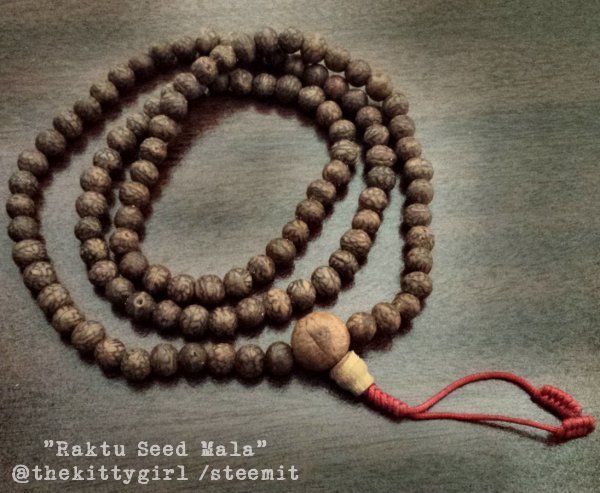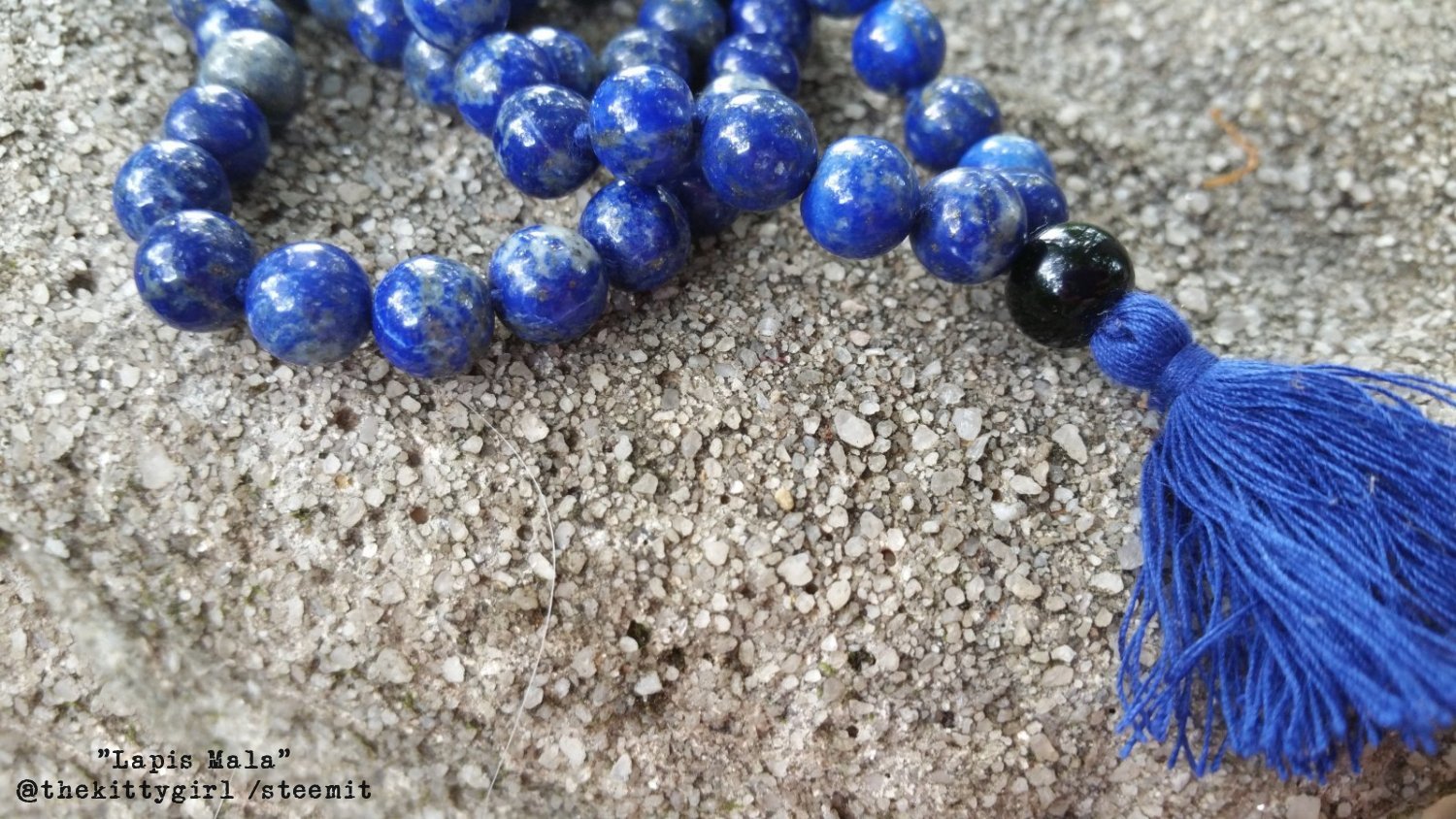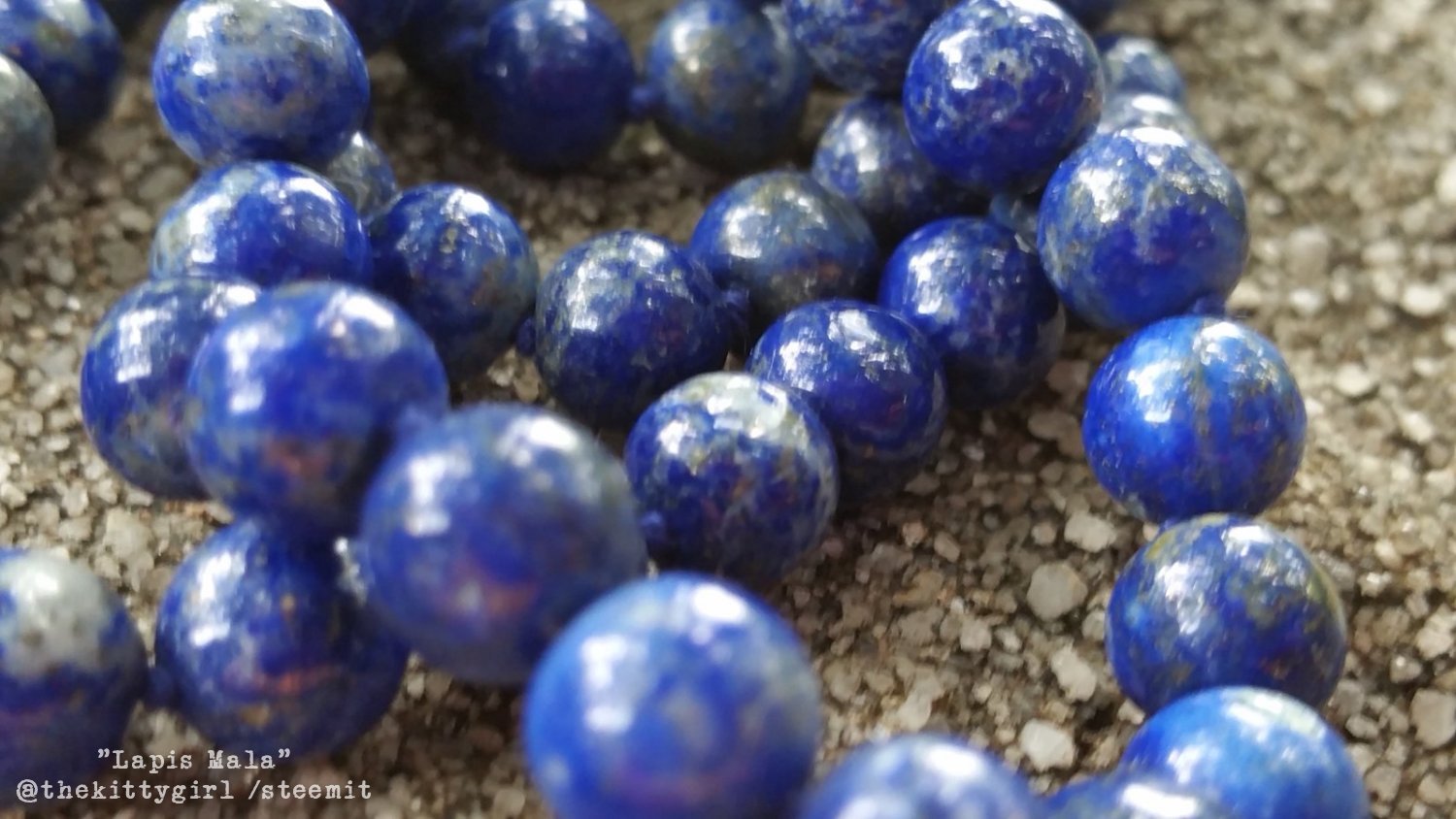The art of threading beads onto string goes back to antiquity, thousands of years ago. One website, the Venetian Bead Shop reports: "Beads have been made of glass for over 5,000 years. The discovery of fire was the essential step in glass bead making. There is evidence as early as 2340-2180 BC in Mesopotamia..."
That, alone might be surprising enough, but Wikipedia says, "A pair of beads made from Nassarius sea snail shells, approximately 100,000 years old, are thought to be the earliest known examples of jewellery." The article continues:
Beads are known to be one of the earliest forms of trade between the human race. It is thought that is because of bead trading that humans developed language. Beads are said to have been used and traded for most of our history. The oldest beads found to date were at Ksar Akil, in Lebanon. Prior to this find, the beads found in the Blombos Cave were the oldest at about 72,000 years old.
Besides using beads as currency for trade or jewelry, another common use is making strings of beads as meditative tools by several different cultures and religions. It is thought that "strings of prayer beads originated in India, where yogins and yoginis were using what is still the standard Hindu mala (literally "rose" or "garland") before the 8th century BCE." source.
In ancient India, the mala was used in Hinduism, Buddhism, Jainism, and Sikhism in a practice called japa. From there, the use of such beads spread to the Muslim world as the misbaha, and eventually into rosary of the Christians. They have also been used as secular "worry beads"/kompoloi in the Greek and Cypriot cultures.


In the religions of the Indian subcontinent where the mala originated, mantras (short prayers) are usually recited as the devotee moves from bead-to-bead. According to a Muslim friend of mine, the Misbaha is used to recite a litany of titles attributed to Diety. In the Christian rosary, a specific system of prayers are recited on various beads.
However, the mala can also be used to recite affirmations of any sort that one feels useful, even by those who do not follow a spiritual path. ("I am healthy, happy, and in control," etc.) The whole point of repetition is to lull the user into a meditative/contemplative state. Whatever one does with them, though, is up to the creativity of the individual. I often sleep with one of my malas in my hand — it feels comforting, and gives me something relaxing to do should I have difficulty falling asleep.

If there is enough interest in this post, I will be happy to do a second post on malas in the future, with more photos of some of the other malas in my collection!
~all writing and photos in this post are by me~
———————————
This is another entry in the ColorChallenge which @kalemandra began. It's been such fun participating in it each day since I've been here! 
For a fabulous sisterhood supporting women on Steemit:
For a group bringing more women onto Steemit and into Crypto:
For a great group of people who are serious about blogging:




